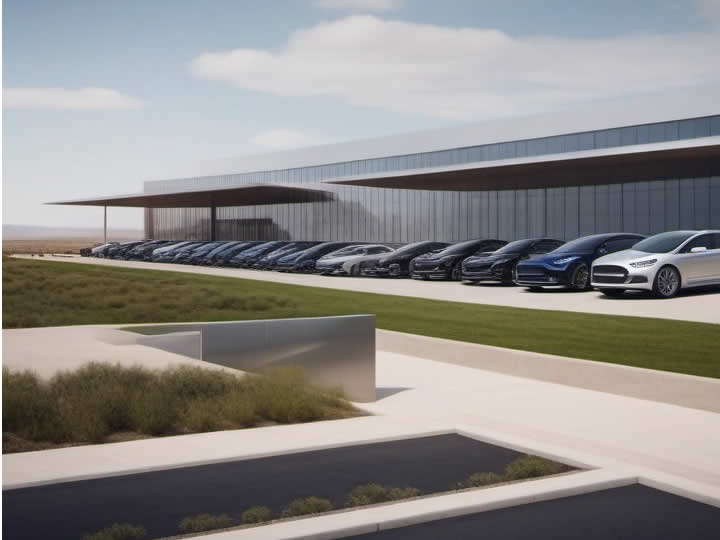文字のサイズ
- 小
- 中
- 大
Ford’s Gigafactory plans have been scrapped; what will happen to the Model e?
News that Ford has frozen plans to build an EV battery plant in Michigan was widely reported in the media on 25 September 2023.

Ford had announced in February 2023 that it would invest USD 3.5 billion in the construction of a next-generation LFP battery plant with a production capacity of 35 GWh, to start production by 2026.Ford’s Model e (EV division) has been losing money, but if this project is successful it will ensure a stable supply of batteries The project would have solved two problems at the same time: securing a stable supply of batteries and reducing costs through the introduction of cost-effective LFP batteries.
The reasons for the suspension of the project are not made clear by Ford, but it is believed that one bottleneck was the licensing of technology from China’s CATL (Ningde Age New Energy Technology): to qualify for the full tax credit for EV purchases, the country-of-origin requirements for the critical minerals in the batteries must be met, and although the operating bylaws for this have not been published, Chinese There is growing concern that the North American collaboration between Ford and CATL could be a loophole, and Republicans in the House of Representatives are investigating CATL’s links to forced labour and concerns about job losses to China. In order to ensure that US taxpayers’ money does not flow out to China, a bill to disallow tax credit benefits to companies from countries of concern (the REVOKE Act) has also been introduced by Republican bigwig Senator Marco Rubio.
At the moment, the plan is frozen, so there is still a possibility of resuming it, possibly in Mexico, but even so, the target of ‘8% profitability of EV business by 2026’ is far from being realised.






